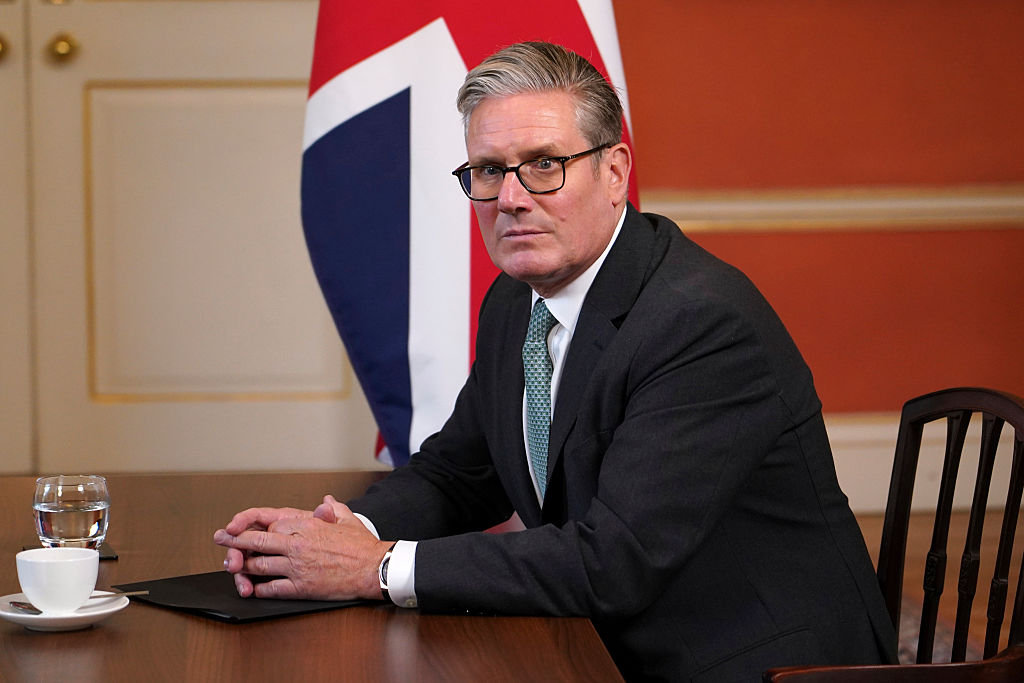Vile truth about this sudden wave of shootings – revealed by professor who’s studied killers… and dares to name America’s sickness
By Editor,Prof James Densley
Copyright dailymail

Anti-ICE’ was crudely written in blue ink on unspent shell casings recovered from the rooftop where a gunman opened fire on an Immigration and Customs Enforcement facility in Dallas on Wednesday.
Twenty-nine-year-old shooter Joshua Jahn shot indiscriminately on the complex, striking a van, killing one ICE detainee and wounding two others. Then, Jahn shot himself.
The targeted political violence – coming so soon after the assassination of activist Charlie Kirk – has many asking what is behind this sudden wave of killings.
As a criminologist and co-founder of the most comprehensive database of US mass shootings, one thing is clear to me, even while much remains unknown about Jahn. The hallmarks of his vile attack in Dallas date back long before Kirk’s killing – even before a gunman murdered a health care executive on the streets of Manhattan last year – to 1999 and the Columbine High School massacre.
In advance of killing 13 students, one teacher and ultimately themselves, Colorado teenagers Eric Harris and Dylan Klebold documented their preparations on camera. The roughly four-hour ‘basement tapes’, filmed in the Harris family home, detailed the shooters’ motives and plans to take revenge against those they perceived to have wronged them. The recordings were never released to the public and were eventually destroyed.
In criminology, these materials – left behind by offenders to be discovered by grieving families and investigators – are known as ‘legacy tokens.’ They are twisted artifacts of a crime and intended to justify incomprehensible acts. But equally concerning, these ‘legacy tokens’ are grasped upon by others.
When college student Seung-Hoi Cho shot up Virginia Tech in 2007, killing 32 professors and students, he mailed a video, photos and a written manifesto to the media.
It was later reported that Cho, in ninth grade in 1999, was transfixed by reporting on Columbine – and even wrote in a school assignment that he wanted to ‘repeat Columbine.’
So, what is to be made of these darks artifacts?
Often public figures will focus on the beliefs of these killers – and certainly the role of irresponsible rhetoric in the motivation of unstable people must be examined – but it’s a mistake to seek any real meaning in the thoughts of the delusional.
If we do – we risk missing the bigger picture.
One of the most critical things to recognize about most mass shooters is that their self-proclaimed causes do not matter as much as their deep isolation from society.
They leave ‘legacy tokens’ and copy those of others to associate themselves with something – anything.
Jahn’s brother Noah, for example, told NBC News that his brother was unemployed at the time of the shooting and planning to move back into their parents’ home. It’s also been confirmed that the shooter logged over 10,000 hours playing video games and was obsessed with online culture.
These killers often have little positive interaction with mainstream society – and while there is obviously no justification for their crimes, they often find connection in the darkest reaches of the web. These are corners where nihilism and depravity are celebrated. It’s there that they seek membership.
To log 10,000 hours in first-person shooters or immersive strategy games is not trivial.
Malcolm Gladwell writes in Outliers that 10,000 hours is the amount of time necessary for mastery in any craft (like playing chess or the violin), except the ‘skill’ here is inhabiting a virtual world where killing is rewarded with points, achievements, and leaderboard status.
I’m not suggesting that games automatically create shooters (far from it!), but it’s not a reach to imagine that alienated individuals may begin to see killing as a means of achievement, a way to prove status, a way to belong.
Now, we are witnessing the concept of the ‘legacy token’ evolving from tapes and writings to inscriptions mirroring the online meme culture, which is all about irony, inside jokes, and speaking in code to those ‘in the know.’
In December, 26-year-old Luigi Mangione, the alleged assassin of United Healthcare CEO Brian Thompson, wrote ‘Delay,’ ‘Deny,’ and ‘Depose’ – the title of a book critical of the health insurance industry – on his ammunition.
Last month in Minneapolis, Robin Westman, 23, murdered two children and injured 21 others in the Annunciation Church shooting. He covered weapons and ammunition in writings, including antisemitic garbage like, ‘six million wasn’t enough’ and politically charged ramblings like ‘kill Donald Trump.’
And on September 10, Tyler Robinson, 22, the man accused of gunning down Charlie Kirk on a Utah campus engraved slogans, including ‘Hey fascist! Catch!’ and phrases from obscure internet forums on shell casings.
All of these shooters wrote their garbled messages to feel like they were part of something bigger than themselves, to play to the crowd, feel supported and therefore somehow justified in their actions.
Even more troubling, this kinship with atrocity has broken into mainstream thinking with so-called fans of Luigi Mangione rallying outside of his court proceedings and treating him as a hero.
I have little doubt that Jahn hoped to link himself to Mangione and Robinson. But he wasn’t making an individual statement so much as conforming to a set of vile expectations.
I would urge the public and law enforcement not to focus on Jahn’s words or try to discern too much from whatever twisted ‘ideology’ he may have professed.
For this is not a left or right-wing issue. It’s a sickness of our modern times.
If we want to stand any chance of stopping these tragedies, we must understand that it’s not the words etched on these bullets that provide a meaningful insight into these shooters, it’s the fact that they were written at all.
James Densley is the Professor and Department Chair of Criminology and Criminal Justice at Metro State University and co-founder of The Violence Prevention Project Research Center (The Violence Project) at Hamline University. He is the co-author of ‘The Violence Project: How to stop a mass shooting epidemic.



